 Alan Kaplan has long been one of the busiest studio and freelance trombonists around. Growing up in Los Angeles he began playing at the age of eight. He tried to prepare for a “real” job, majoring in engineering at LA Valley College, but by the age of nineteen he was on the road with Buddy Rich. He was the youngest trombonist ever to play lead with that band. The next few years found him playing with big band legends such as Harry James, Louis Bellson, Don Ellis, and Lionel Hampton.In the ensuing years, Kaplan’s studio career took off. His recording credits vary vastly from Marvin Gaye to Johnny Mathis to Madonna to Placido Domingo to Sarah Vaughan to Oingo Boingo to Whitney Houston to the Hollywood Bowl Orchestra, Phil Collins, Pharell Williams, Celine Dion, Josh Groban, Michael Buble, Paul McCartney, Harry Styles, Bob Dylan, Bryan Adams, Nirvana, Neil Young, Harry Connick, Lady Gaga, and countless more.
Alan Kaplan has long been one of the busiest studio and freelance trombonists around. Growing up in Los Angeles he began playing at the age of eight. He tried to prepare for a “real” job, majoring in engineering at LA Valley College, but by the age of nineteen he was on the road with Buddy Rich. He was the youngest trombonist ever to play lead with that band. The next few years found him playing with big band legends such as Harry James, Louis Bellson, Don Ellis, and Lionel Hampton.In the ensuing years, Kaplan’s studio career took off. His recording credits vary vastly from Marvin Gaye to Johnny Mathis to Madonna to Placido Domingo to Sarah Vaughan to Oingo Boingo to Whitney Houston to the Hollywood Bowl Orchestra, Phil Collins, Pharell Williams, Celine Dion, Josh Groban, Michael Buble, Paul McCartney, Harry Styles, Bob Dylan, Bryan Adams, Nirvana, Neil Young, Harry Connick, Lady Gaga, and countless more.
Kaplan’s TV credits include such shows as Hawaii 5-0, Dynasty, Voyager, Star Trek, Home Front, Mash, Dallas, Simpsons, Fantasy Island and hundreds of others. He has been the featured trombone soloist on more than 1000 cartoons such as Tiny Toons, Animaniacs, Tazmania, Pinky and the Brain, 101 Dalmations, Timon and Pumbaa and many others. He is currently working on Family Guy, American Dad, Orville, Mickey Mouse Shorts, Agents of Shield, Star Trek, Once Upon a Time, Pennyworth, Blood and Treasure, Stargirl, Picard, Crisis on Infinite Earths, Animaniacs reboot, and Looney Toons.
He was a regular member of the staff bands on the Merv Griffin, Joan Rivers, and Star Search Shows. Several times in the last few years, Alan has been in the orchestra on the Academy Awards. He also was in the band for the Jerry Lewis Telethon for over thirty years.
 Throughout his career, Alan has performed and recorded with Frank Sinatra, Barbra Streisand, Harry Connick, Boz Scaggs, Cheap Trick, Tony Bennett, Tower of Power, Josh Groban, Michael Jackson, Celine Dionne, Madonna, The Who, Elton John, Spinal Tap, and many, many more.
Throughout his career, Alan has performed and recorded with Frank Sinatra, Barbra Streisand, Harry Connick, Boz Scaggs, Cheap Trick, Tony Bennett, Tower of Power, Josh Groban, Michael Jackson, Celine Dionne, Madonna, The Who, Elton John, Spinal Tap, and many, many more.
His movie credits are perhaps most impressive of all, a list of some 1100 plus films including “Animal House”, “Airplane”, “Dances with Wolves”, “Out of Africa”, “Sleepless in Seattle”, “Beauty and the Beast”, “Hercules”, “Apollo 13”, “The Lion King”, “Con-Air”, “Batman and Robin”, “Silverado”, “Godzilla”, “Zorro”, “Planet of the Apes”, “Spiderman 1,2, and 3”, and “Men in Black 2”, “Pirates of the Carribean 1,2, and 3″,”Star Trek XI”,”The Incredibles 1 & 2″,”Up”, “Transformers 1&2″ ,”Mission Impossible 4″,” Star Trek”,” Rise of the Planet of the Apes”, “Inside Out”, “Tomorrowland”, and ” Ted”, “Ted 2”, “Star Wars Rogue One”, “Spiderman 4”, “The Dark Tower”, “Jurassic World”, “Spiderman Homecoming”, “War for the Planet of the Apes”, “Coco”, “Ready Player One”, “The Greatest Showman”, “Lego Movie 2″, ” Ralph Destroys the Internet”, “Alita; Battle Angel”, “Frozen 2”, “Men in Black: International”, “Spiderman: Far From Home”, “Soul”, “Onward”, “Bad Boys For Life”, “An American Pickle”, and “Scoob!” to name just a few.
Alan has been featured in articles in many publications including The Brass Herald, Windplayer Magazine, Downbeat, ITA Journal, and International Musician.
In January of 2002 Alan released his first solo album. It is a beautiful collection of standard ballads arranged for a thirty piece orchestra called Lonely Town. In August of 2012 He released a new CD called “Secrets of Hoyt’s Garage”. In 2017 Alan released three play-along albums for Music Minus One. “Ballads for Trombone with Orchestra”, “Standards for Trombone”, and “Mostly Mozart Arias”.







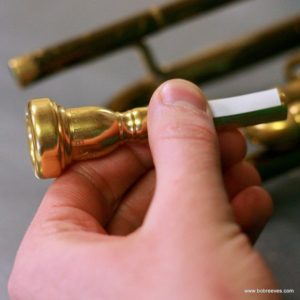
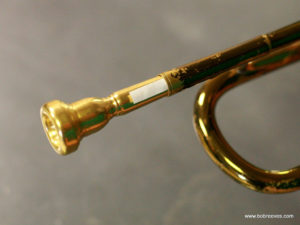

 Daniel Falcone began working professionally in Las Vegas at age 15. The son of Vincent Falcone, musical director, pianist and conductor for Frank Sinatra, he literally grew up on stage. Starting in high school, Daniel backed the likes of Tony Bennett, Rita Moreno, Jerry Lewis, George Burns, Andy Williams, Jack Jones, Paul Anka and many other headliners on the Las Vegas Strip.
Daniel Falcone began working professionally in Las Vegas at age 15. The son of Vincent Falcone, musical director, pianist and conductor for Frank Sinatra, he literally grew up on stage. Starting in high school, Daniel backed the likes of Tony Bennett, Rita Moreno, Jerry Lewis, George Burns, Andy Williams, Jack Jones, Paul Anka and many other headliners on the Las Vegas Strip.


 Leonhard Paul is the trombonist and bass trumpeter in the world-famous Mnozil Brass and the Wieder-Gansch-Paul Trio. Originally from Vienna, Austria, Leonhard received diplomas in pedagogy studies and trombone studies from the University of Music and Performing Arts Vienna. He went on to receive a degree in jazz trombone from the Conservatory of Music Vienna where he studied under Erich Kleinschuster.
Leonhard Paul is the trombonist and bass trumpeter in the world-famous Mnozil Brass and the Wieder-Gansch-Paul Trio. Originally from Vienna, Austria, Leonhard received diplomas in pedagogy studies and trombone studies from the University of Music and Performing Arts Vienna. He went on to receive a degree in jazz trombone from the Conservatory of Music Vienna where he studied under Erich Kleinschuster. Besides his busy schedule with the Mnozil Brass, Leonhard has also performed on sackbut with the Wiener Akademie, Concentus Musicus Wien, and Tonus and on trombone with Salonorchester Alhambra and Die Eiserne Zeit among others.
Besides his busy schedule with the Mnozil Brass, Leonhard has also performed on sackbut with the Wiener Akademie, Concentus Musicus Wien, and Tonus and on trombone with Salonorchester Alhambra and Die Eiserne Zeit among others.
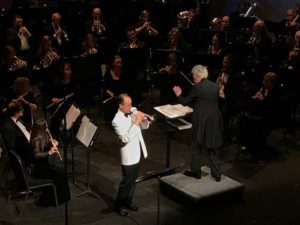 Morris Northcutt’s playing has been described as artistic, lyrical and expressive with a beautiful, smooth, and rich tone.
Morris Northcutt’s playing has been described as artistic, lyrical and expressive with a beautiful, smooth, and rich tone. n 2019, Morris completed a solo recital/masterclass tour of Ireland that included an appearance at the Royal Irish Academy of Music. This past January, he appeared at the 2020 Sao Paulo Trumpet Academy in Brazil. Later this year, Morris will debut his first EP, produced and engineered by Latin Grammy Award winner Danilo Alvarez with arrangements by Justo Morao.
n 2019, Morris completed a solo recital/masterclass tour of Ireland that included an appearance at the Royal Irish Academy of Music. This past January, he appeared at the 2020 Sao Paulo Trumpet Academy in Brazil. Later this year, Morris will debut his first EP, produced and engineered by Latin Grammy Award winner Danilo Alvarez with arrangements by Justo Morao.
 Alan Kaplan has long been one of the busiest studio and freelance trombonists around. Growing up in Los Angeles he began playing at the age of eight. He tried to prepare for a “real” job, majoring in engineering at LA Valley College, but by the age of nineteen he was on the road with Buddy Rich. He was the youngest trombonist ever to play lead with that band. The next few years found him playing with big band legends such as Harry James, Louis Bellson, Don Ellis, and Lionel Hampton.In the ensuing years, Kaplan’s studio career took off. His recording credits vary vastly from Marvin Gaye to Johnny Mathis to Madonna to Placido Domingo to Sarah Vaughan to Oingo Boingo to Whitney Houston to the Hollywood Bowl Orchestra, Phil Collins, Pharell Williams, Celine Dion, Josh Groban, Michael Buble, Paul McCartney, Harry Styles, Bob Dylan, Bryan Adams, Nirvana, Neil Young, Harry Connick, Lady Gaga, and countless more.
Alan Kaplan has long been one of the busiest studio and freelance trombonists around. Growing up in Los Angeles he began playing at the age of eight. He tried to prepare for a “real” job, majoring in engineering at LA Valley College, but by the age of nineteen he was on the road with Buddy Rich. He was the youngest trombonist ever to play lead with that band. The next few years found him playing with big band legends such as Harry James, Louis Bellson, Don Ellis, and Lionel Hampton.In the ensuing years, Kaplan’s studio career took off. His recording credits vary vastly from Marvin Gaye to Johnny Mathis to Madonna to Placido Domingo to Sarah Vaughan to Oingo Boingo to Whitney Houston to the Hollywood Bowl Orchestra, Phil Collins, Pharell Williams, Celine Dion, Josh Groban, Michael Buble, Paul McCartney, Harry Styles, Bob Dylan, Bryan Adams, Nirvana, Neil Young, Harry Connick, Lady Gaga, and countless more. Throughout his career, Alan has performed and recorded with Frank Sinatra, Barbra Streisand, Harry Connick, Boz Scaggs, Cheap Trick, Tony Bennett, Tower of Power, Josh Groban, Michael Jackson, Celine Dionne, Madonna, The Who, Elton John, Spinal Tap, and many, many more.
Throughout his career, Alan has performed and recorded with Frank Sinatra, Barbra Streisand, Harry Connick, Boz Scaggs, Cheap Trick, Tony Bennett, Tower of Power, Josh Groban, Michael Jackson, Celine Dionne, Madonna, The Who, Elton John, Spinal Tap, and many, many more.
 Dr. Karl Sievers enjoys a successful and varied performance career, having performed in countless studio sessions, on live television, in jazz ensembles, chamber music of all kinds, solo recitals, and in symphony orchestras.
Dr. Karl Sievers enjoys a successful and varied performance career, having performed in countless studio sessions, on live television, in jazz ensembles, chamber music of all kinds, solo recitals, and in symphony orchestras. A student of William Adam at Indiana University, Karl has been instrumental in hosting and organizing the International William Adam Trumpet Festival. The 6th Annual festival will be from June 18-20, 2020 and held online on the the Bill Adam Facebook Group, where all the masterclasses will be available to view free of charge.
A student of William Adam at Indiana University, Karl has been instrumental in hosting and organizing the International William Adam Trumpet Festival. The 6th Annual festival will be from June 18-20, 2020 and held online on the the Bill Adam Facebook Group, where all the masterclasses will be available to view free of charge.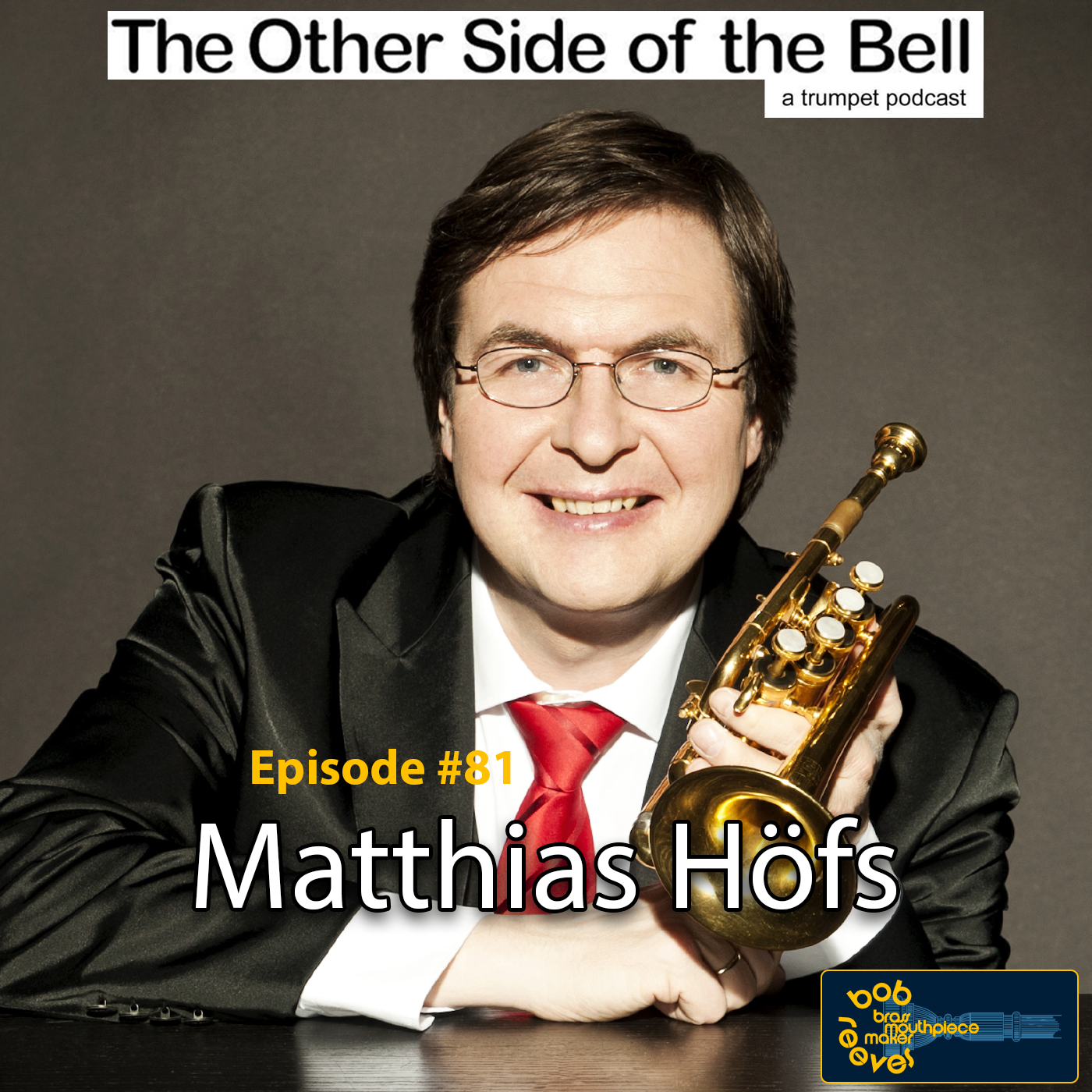
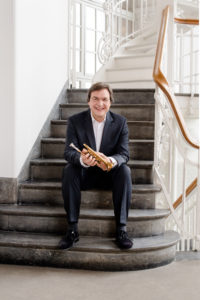 When he was six years old, Matthias Hoefs declared the trumpet “his instrument, because it shines so nicely”. He received his musical education from Professor Peter Kallensee at the Hamburg University of Music and Theatre, and from Profes- sor Konradin Groth at the Karajan Academy of the Berlin Philharmonic Orchestra. When just 18 years of age, he was engaged as Solo-Trumpeter at the Philharmonic State Orchestra in Hamburg, where he enjoyed the fascinating world of opera for 16 years.
When he was six years old, Matthias Hoefs declared the trumpet “his instrument, because it shines so nicely”. He received his musical education from Professor Peter Kallensee at the Hamburg University of Music and Theatre, and from Profes- sor Konradin Groth at the Karajan Academy of the Berlin Philharmonic Orchestra. When just 18 years of age, he was engaged as Solo-Trumpeter at the Philharmonic State Orchestra in Hamburg, where he enjoyed the fascinating world of opera for 16 years. Since the year 2000, Matthias Hoefs has been teaching as Professor at the Hamburg University of Music and Theatre, were he inspires his students with great enthusiasm, knowing how to pass on his passion for his instrument. In addition to his extensive concert performances as solo-trumpeter and chamber musician, Hoefs has produced numerous Solo CDs, and jointly with GERMAN BRASS, more than 20 recordings.
Since the year 2000, Matthias Hoefs has been teaching as Professor at the Hamburg University of Music and Theatre, were he inspires his students with great enthusiasm, knowing how to pass on his passion for his instrument. In addition to his extensive concert performances as solo-trumpeter and chamber musician, Hoefs has produced numerous Solo CDs, and jointly with GERMAN BRASS, more than 20 recordings.
 She’s a singer. She’s a trombone player. She’s a songwriter. She’s a performer.
She’s a singer. She’s a trombone player. She’s a songwriter. She’s a performer. In between her recording commitments, Logan finds time to share the stage with Alabama Shakes and Meghan Trainor and Pharrell Williams and Josh Groban and Dave Koz and The Commodores and Boston Pops at venues as diverse as Ronnie Scott’s famous jazz club in London to the expansive Hollywood Bowl in Los Angeles. She’s appeared on Jimmy Kimmel and the Grammys’ Award Show and ABC’s The Goldbergs. She’s recorded a duet with her childhood hero, Gloria Estefan. She’s won multiple awards at the Montreux Jazz Festival. She’s beloved by not just the dedicated fans of Postmodern Jukebox, but she considers the creator, Scott Bradlee, and her colleagues within the collective her true friends. And she loves performing. But it’s in her writing that we find out who Aubrey Logan really is.
In between her recording commitments, Logan finds time to share the stage with Alabama Shakes and Meghan Trainor and Pharrell Williams and Josh Groban and Dave Koz and The Commodores and Boston Pops at venues as diverse as Ronnie Scott’s famous jazz club in London to the expansive Hollywood Bowl in Los Angeles. She’s appeared on Jimmy Kimmel and the Grammys’ Award Show and ABC’s The Goldbergs. She’s recorded a duet with her childhood hero, Gloria Estefan. She’s won multiple awards at the Montreux Jazz Festival. She’s beloved by not just the dedicated fans of Postmodern Jukebox, but she considers the creator, Scott Bradlee, and her colleagues within the collective her true friends. And she loves performing. But it’s in her writing that we find out who Aubrey Logan really is. Her title track, LA revealed to the world just how difficult it is to be an artist living in the biggest entertainment town on the planet. She opened up her soul in the song, Understand. She gave us songs that told us how much travel takes its toll and songs that tell us what’s truly important in a world that glorifies superficiality. She even takes us back a few decades with some retro songs that ask us to remember what it was that first captured our imagination on the radio.
Her title track, LA revealed to the world just how difficult it is to be an artist living in the biggest entertainment town on the planet. She opened up her soul in the song, Understand. She gave us songs that told us how much travel takes its toll and songs that tell us what’s truly important in a world that glorifies superficiality. She even takes us back a few decades with some retro songs that ask us to remember what it was that first captured our imagination on the radio.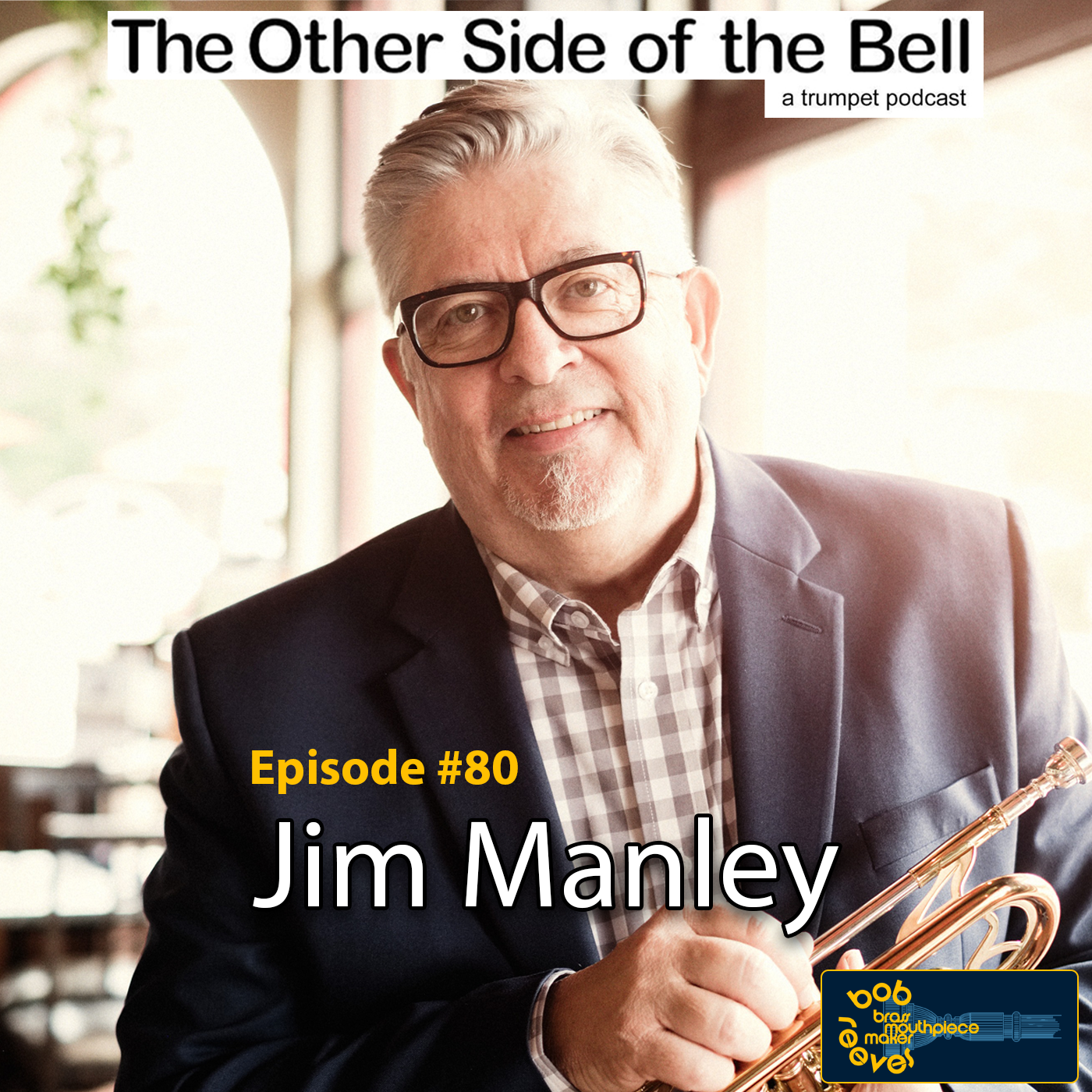
 Jim Manley figures he has spent around 10,500 plus nights playing his trumpet around town in his hometown of St. Louis since the 70’s.
Jim Manley figures he has spent around 10,500 plus nights playing his trumpet around town in his hometown of St. Louis since the 70’s.
 Los Angeles Philharmonic in 2006 after 32 years as principal trombonist. Previously, he spent six years as principal with the Toronto Symphony. During that time, he also served as principal trombonist for the Canadian Opera and the Canadian Broadcasting Corp., and was a faculty member at the University of Toronto. A native of Philadelphia, he is a graduate of the Eastman School of Music, where he studied with Emory Remington.
Los Angeles Philharmonic in 2006 after 32 years as principal trombonist. Previously, he spent six years as principal with the Toronto Symphony. During that time, he also served as principal trombonist for the Canadian Opera and the Canadian Broadcasting Corp., and was a faculty member at the University of Toronto. A native of Philadelphia, he is a graduate of the Eastman School of Music, where he studied with Emory Remington.